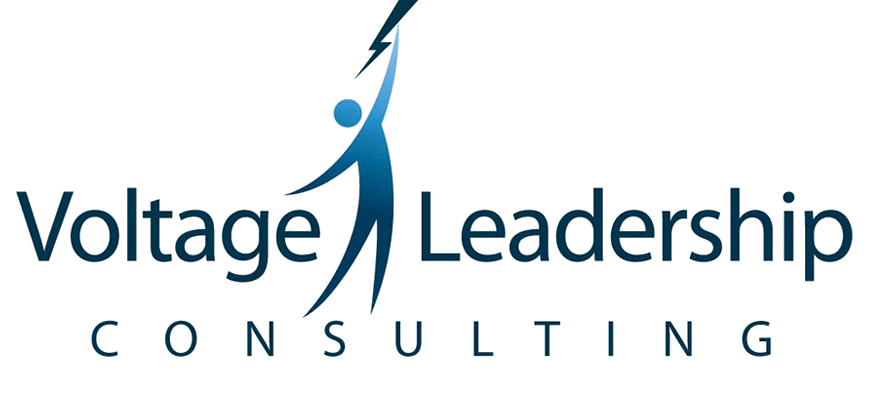What Do You See—Obstacles or Clear Sailing?
I have been working with many teams recently that are working on their vision and outlining their strategic goals for 2018. They know how to do a SWOT analysis, have a good sense of their customer base, and even take time to consider how they will communicate their messages. However, I see many of these organizations fail to hit the vision and goals they create in these sessions. Why? I believe the biggest reasons are:
1. Overly optimistic goal setting
2. Poor translation into action
3. Failure to understand how this impacts the daily lives of the team
4. It is an event, not a process
We use an experiential exercise we call the obstacle course with our clients. Here is the basic overview—we blindfold 3 people and then ask the rest of the team to get the 3 blindfolded people safely through the obstacle course and retrieve the 3 prizes and bring them back to the starting point safely! All three blindfolded people must enter and exit the course. The course is generally about 3 feet wide and about 6 feet long with foam letters and kids small toys in the course. The sighted people think that the course should only take 1-2 minutes to finish. We state that we will give them 10 minutes. Normally the sighted people huddle up without the blindfolded participants for about 2-3 minutes of planning time. Then they tell the blindfolded people the plan and they get started. Chaos ensues within one minute. There are often too many voices speaking at once, so it is hard to gather clear instruction. In addition, trying to balance on 1 foot while blindfolded and stepping over kid’s toys is hard! So often, people get their left and rights confused when giving direction.
Does this sound like your workplace? This also sounds a bit like our strategic planning. We go off and brainstorm these great ideas with limited feedback from our employees. In the obstacle course debrief, I identify that the sighted people are the leaders in our organizations that can see what needs to be done and have to communicate the goals, but they are not the ones to do the actual work (these are the blindfolded participants—we call them employees.) From this activity, we see that the end goal does not look easy, but it does look like it can be executed. However, we rarely sit in the employee’s seat and look at it from their perspective. I encourage you to take time to ask your team members questions like:
1. What inspires you about our vision?
2. What barriers do you see blocking you from achieving our vision?
3. What is one thing I could to do to help you achieve our goals?
4. What is one thing that I am doing well that you want to keep doing?
5. When we hit our goals, how do you want to celebrate?
Another common challenge is that as leaders we get distracted. We do this goal setting and then we go back to our daily lives. This causes confusion for our teams. Do we pay attention to the presentation we saw last month or do we just go with the status quo? Most people want to be led and they watch what gets rewarded. Thus, if they see you, the leader, go back to reinforcing the old strategies or goals, then they are going to deliver this to you. If you want to achieve the vision and new goals, it needs to be a process not a one-time event. One of my clients has started doing monthly virtual town halls to reinforce the new vision, key goals, and to celebrate successes. They are not over emphasizing the new vision and goals. Instead, they are saying this is the direction we are heading in and these are the type of behaviors we need to be successful. The leader also says what behaviors they are leaving behind. The energy in this environment is fantastic, and people are saying how transparent the organization is and that this is the most aligned they have felt in a long time.
So, what does your future look like—clear sailing or obstacles? It probably varies by the day. However, I encourage you to get curious, meet with your team members and listen to their feedback. Strategic planning is great but also remember to reinforce the goals and behaviors you desire on your team. Good luck and let me know how you are doing achieving your vision.
